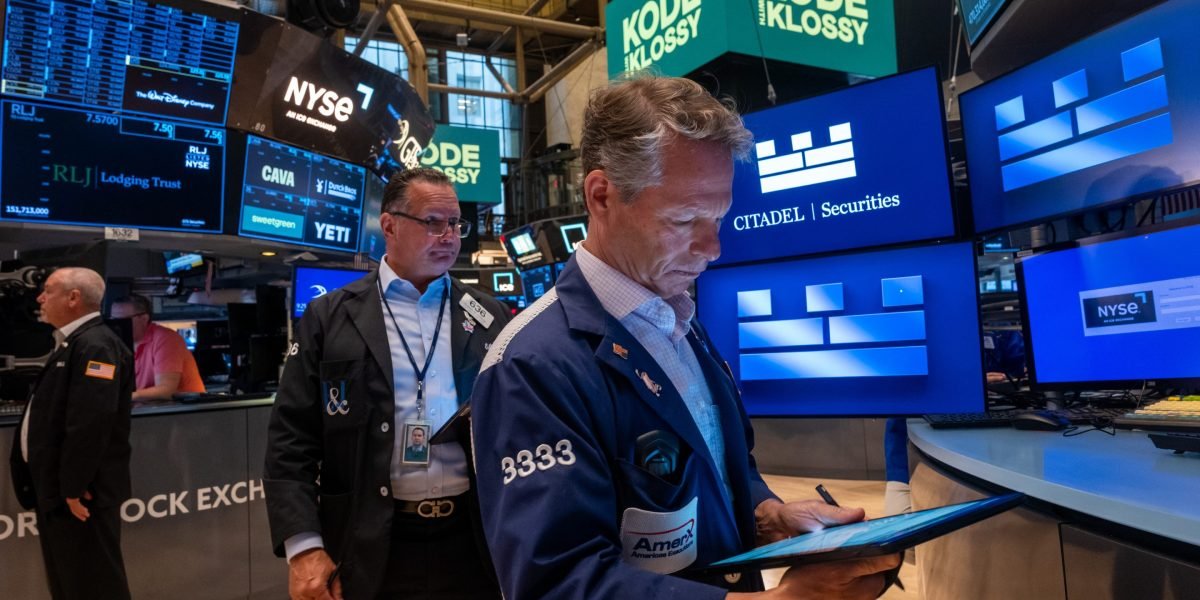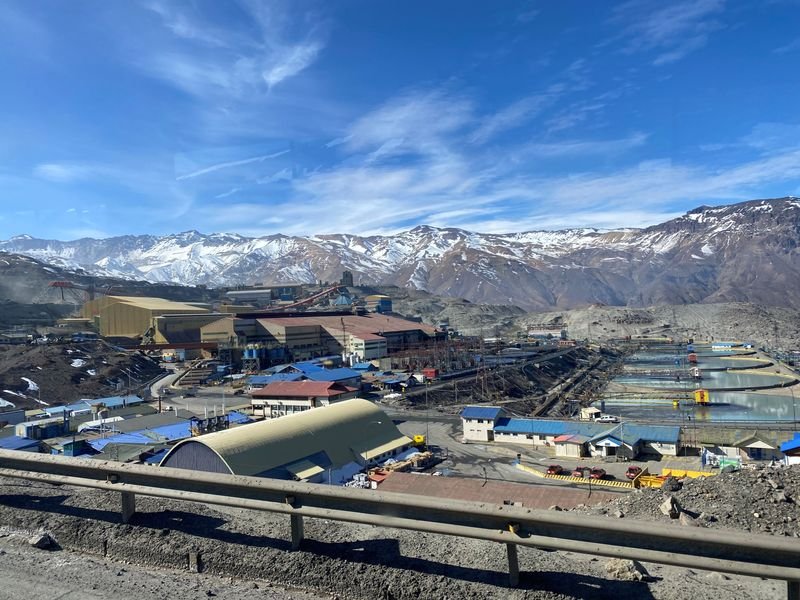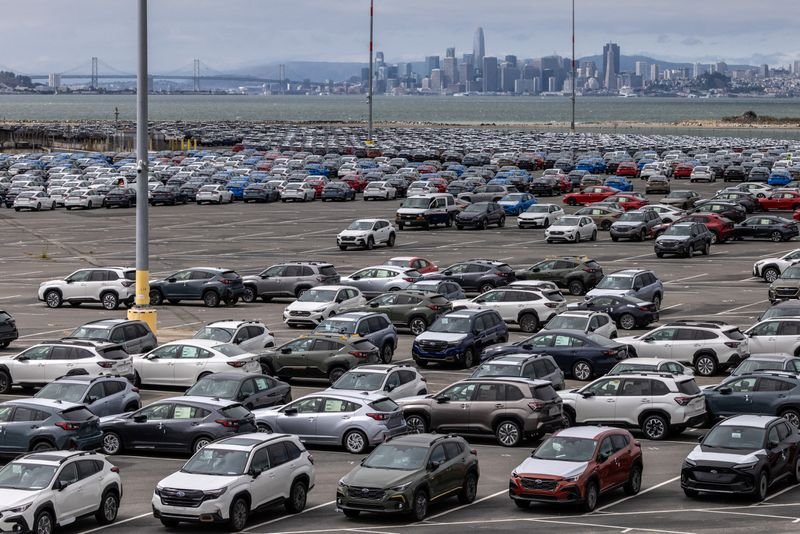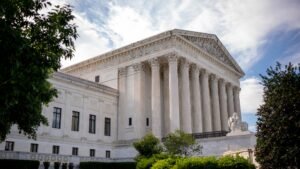
Markets ignore the last round of Trump’s tariff, but “at some point the rubber must hit the road,” says the UBS strategy

The markets are largely ignoring the possibility of a A new round of definitions You can do stock tanks as they did in April.
President Donald Trump has issued another extension of the tariff policy that is now scheduled to enter into force on August 1. Many countries, including major trading partners like South Korea and Japan He received “tariff messages” on Monday, which informed them of the rates of new tariffs on their goods. The president also said that more messages will be sent on Tuesday and Wednesday.
You will see the countries that issued messages that the new customs tariff will replace those that were originally announced on April 2.
Trump’s sudden ads earlier this year were floating the markets. Now with the same possibility on the horizon, some markets around the world. It seems that the markets are not just pricing in risk, but perhaps ignorance All this together.
“At some point, the rubber must reach the road, and there are risks that mutual definitions with the main commercial partners can return to the levels or around April 2, and this may be a kind of opposite wind of the markets,” said Nadia Loville, the great wealth wealthant administration, during a media summary on Tuesday. “But at the present time, the markets are ready to look through this danger.”
And see them with them.
Last week, hit S&P 500 In all times high -level From 6,284.65. As of Tuesday, only about 50 points of this record. The market did roar From the lowest level in early April, to a large extent because the United States was making its way towards a commercial policy that is considered stable investors. They also used to the broken nature of the White House tariff policy.
“Over the past two months, we have seen that the administration is rising, just to get rid of the escalation quickly, and this could also be another tactical escalation in some way.”
In the investment circles, this phenomenon was referred to as “Trump status“A reference to the trading of options. It is an investment thesis that always argues by Trump, unlike the path of policies that hurt the stock market; therefore, any temporary decline and the opportunity to buy.
This does not mean that the markets were completely immune from the definition of uncertainty. the Dao Jones and S&P sank on Tuesday for the second day in a row.
To date, Trump has shown some willingness Move away One of the harshest tariff policies. the numerous The extensions of the deadline and stopping the calm of investors helped that the final versions of any tariff will not be comprehensive like their first drafts. There was also Several points certainly Industries Like chips, critical minerals and some medications. However, Trump pledged that there would be no extensions until the deadline on August 1.
Even with the current temporary suspension, the total tariff rates in the United States are more than six times higher than what it was at the beginning of the year. The average weighted tariff rate is 16 % compared to 2.5 % in 2024, according to UBS accounts. If all the definitions that have been postponed are re -implemented, this rate will rise to 21 %.
Throughout Wall Street, financial institutions have recommended customers to diversify away from American stocks, despite their recovery since April. Many money managers transfer more than their wallets to some European stocks, which have been left for years of their counterparts in the United States. The American markets, which are the cause of investors, are still in disruption in the turbulent trade policy.
“Nothing that happened yesterday should be considered that we are about to finish the story of the US tariff for 2025,” wrote Terry Weizmann, ” “If we leave aside that” mutual tariff “still needs a solution, there is also a” new strategic tariff “to look for this year.
The raising of customs tariffs will witness that US growth forecast will decrease less than they were already. In the first days of the Trump tariff policy, the possibilities of American recession increased. The forecasts from Wall Street and the Federal Reserve reduced their expectations for GDP growth and raised those to inflation and unemployment. The average growth rate of the United States among economists is now 1.4 %. UBS 2025 projection is less, as it reached 0.9 %, according to American economists Jonathan Bingan.
Pinggel said that if all the customs tariffs in April will return, the United States may lose “three tenths” of its annual growth rate.
“In light of this scenario, the chances of stagnation will rise, and you will feel like a very slow growth,” he said. “I mean that the United States does not work 1 % often.”













Post Comment